End of Year Giving – Who Decides?
Since starting Hallett Philanthropy two years ago, the way in which my wife and I choose to make our philanthropic gifts has changed. We, for the first 20+ years, made gifts on a regular monthly basis so we could budget for them. We were the individuals who makes multiple gifts every year to ensure we could afford them out of our personal finances. But with the company, it makes more sense for us to do most of our giving at year-end when we know how much money we have over/in excess of the amount we needed to live from January through the end of November. But what hasn't changed is HOW we make the decision.
The Lily School of Philanthropy has produced a fascinating report about who's making the decisions about philanthropy within a household. The data shows a dramatic change from just 15 years ago. Nearly ¾ of couples, or families, made the decision jointly in 2005. However, that number has diminished to 60% or so today. What this means is that one person in 2/5ths of the households is making the decisions for all regarding their charitable giving.
The lead researchers on the study believe that philanthropy has become more of a bill paying activity rather than a joint decision of how to make the world a better place. And as a bill paying activity, the person who manages the household expenses will make those determinations. This might also coordinate with the tremendous drop in the number of households making philanthropic gifts, although there's no evidence of the correlation. But the timing of this study and the dramatic drop over the past 15 to 17 years is interesting.
Also of note was the different ways in which men and women make their decisions about their philanthropy. The study indicated that women were more driven by empathy and altruism while men are much more inclined to be philanthropic to nonprofits where they can see or understand the evidence of their impact. Also, men deciding alone appear to give/donate more than any joint decision or if the woman decides on her own.
All of this means we need to pay more attention to who's making decisions regarding philanthropy. Are you including communication to one e-mail address or two? Are you soliciting two people for a major gift or just one? Figuring out who the decision maker is, individually or jointly, will be critical to bucking the trend of less households being philanthropic across the United States.


